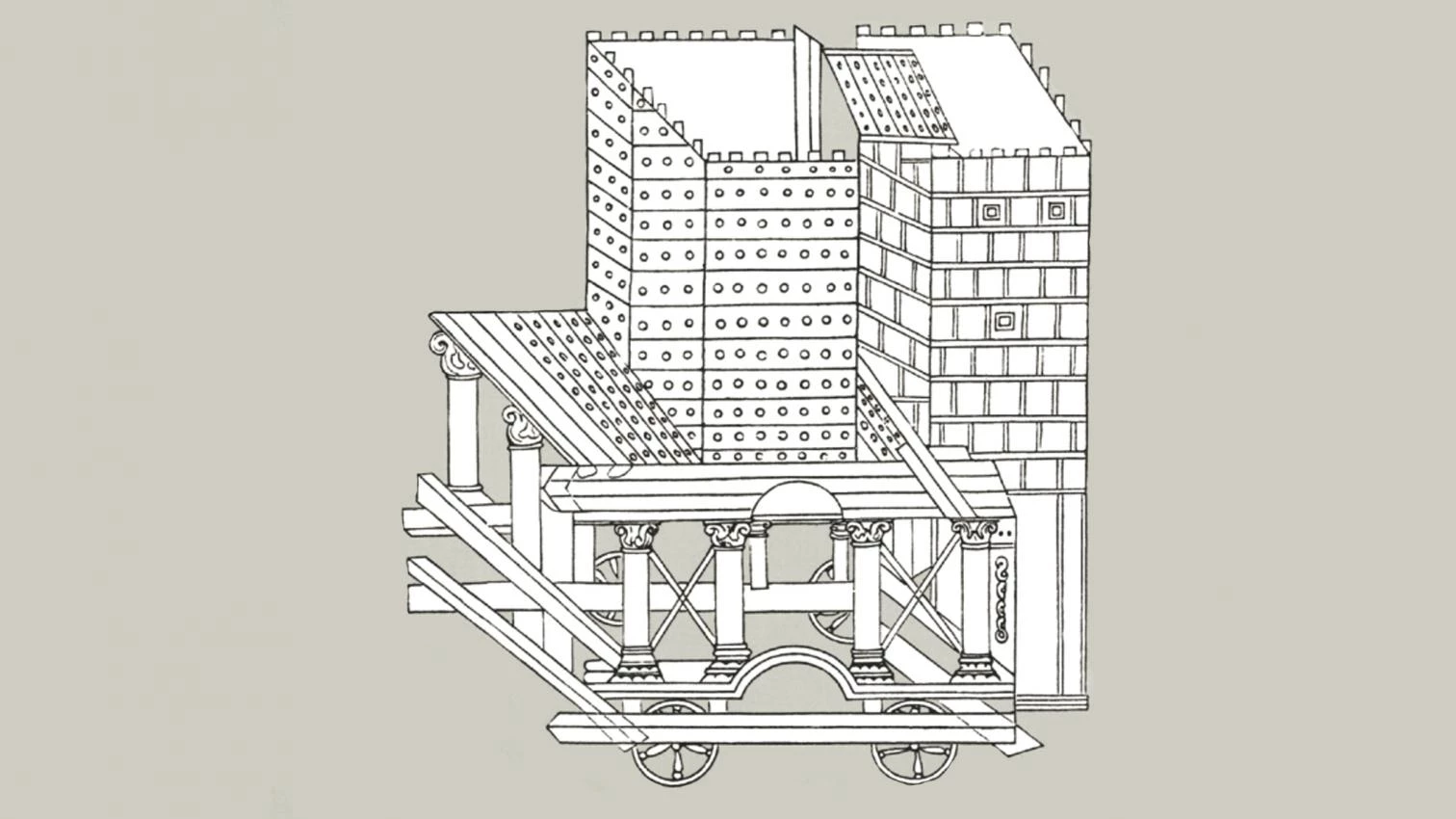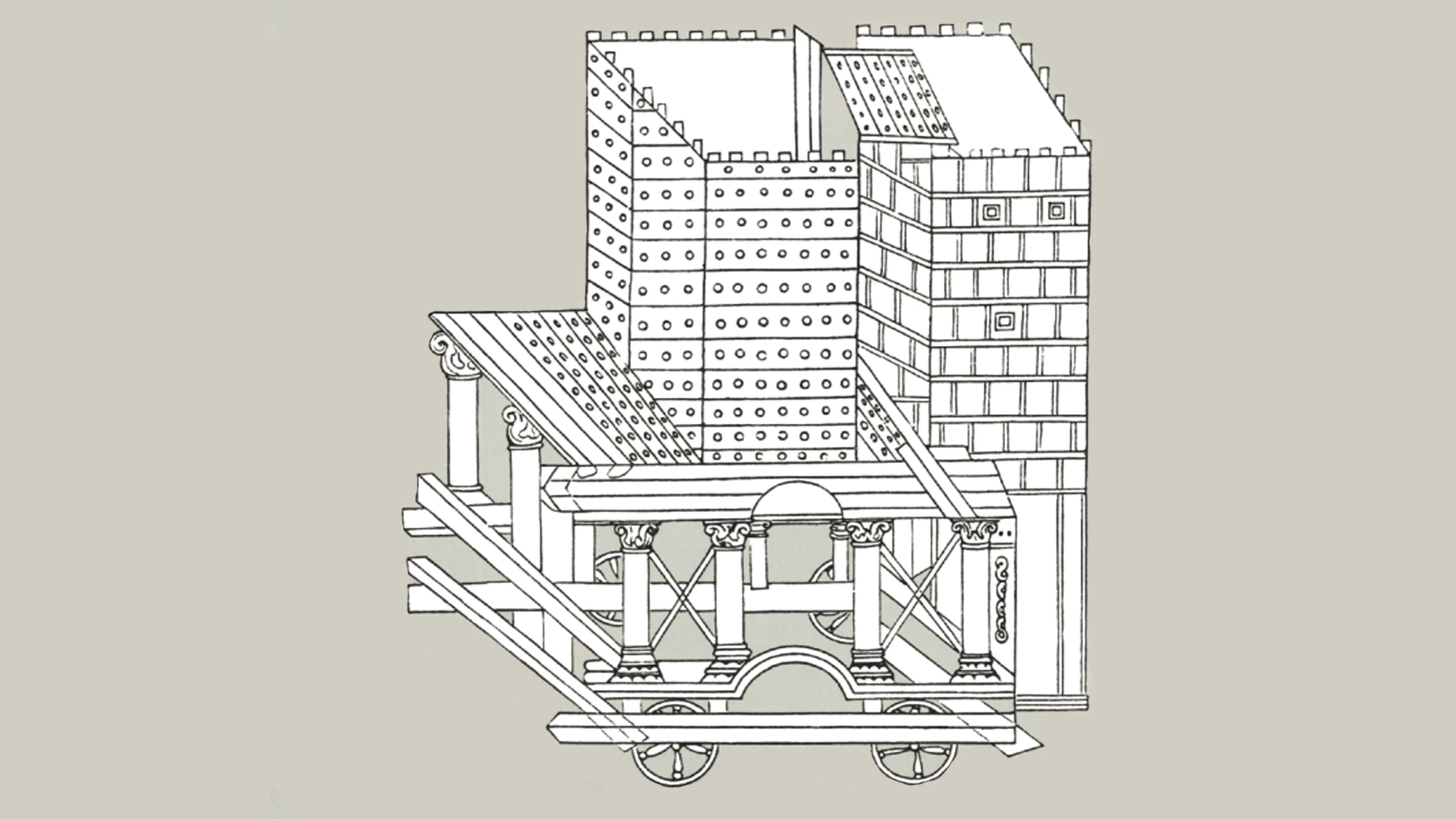
We are what we see. But our gaze is not innocent; cultural tradition intervenes. This is the starting premise of an erudite and excellently illustrated book that traces an intellectual history of the axonometry.
In Massimo Scolari’s approach, art and architecture feed on philosophy, mechanics and psychology to reveal the ideological sublayer of systems of representation. There is no questioning its debt to the historiographic tradition initiated as much by Erwin Panofsky’s Perspective as Symbolic Form as by its nemesis, Pawel Florenski’s The Inverted Perspective, taking the former’s iconographic approach and the latter’s critique on the hegemony of western tradition’s linear perspective.
In comparison to Alberti’s perspective, aimed at reproducing what the eye sees, the parallel view – which ‘preserves’ the dimensions of depicted objects by keeping them whole – seems to express what the eye thinks. So it is that its intellectual lure lasted 2,000 years, as the eleven essays and the juicy notes forming the book show.
In his study of ‘anti-perspectives’, Scolari begins with Egyptian reliefs and Pompeiian frescoes, goes on to Renaissance figures, analyzes 16thand 17th-century mechanical and polyorcetic treatises, and ends with a story of Jesuit missions in China, whose evangelizing campaign, which included teaching linear perspective, failed when the Mandarins clung to their traditional systems, aware that changing the way they represented things would change how they looked at things and also how they thought.







